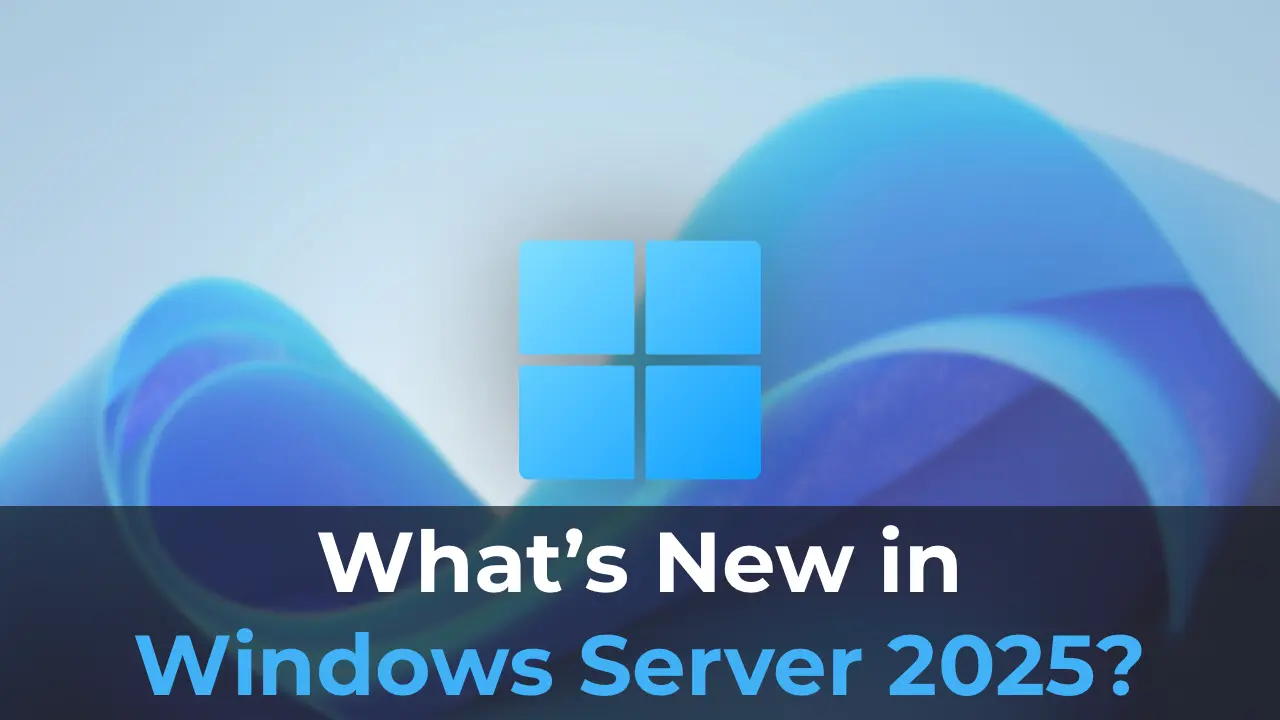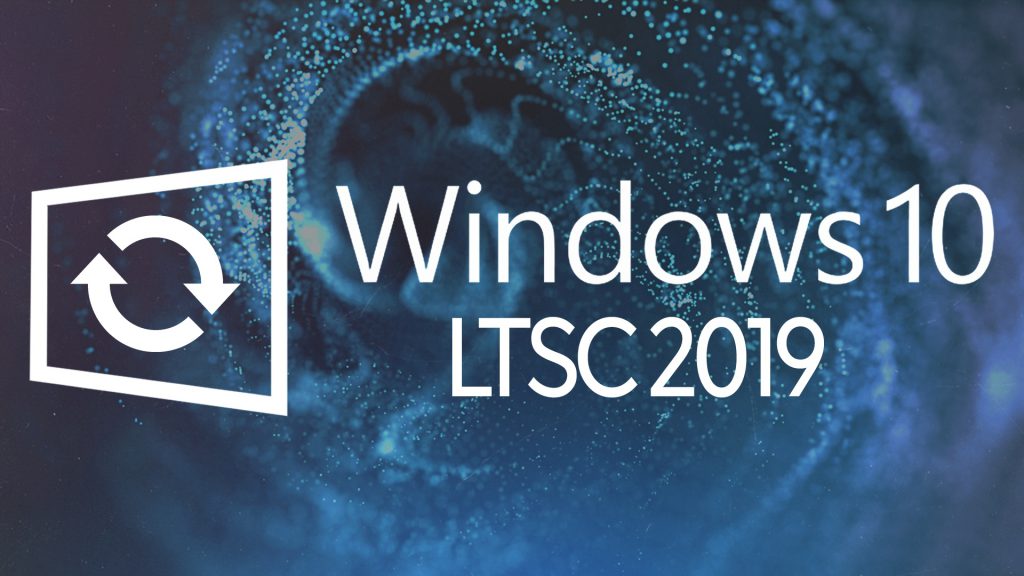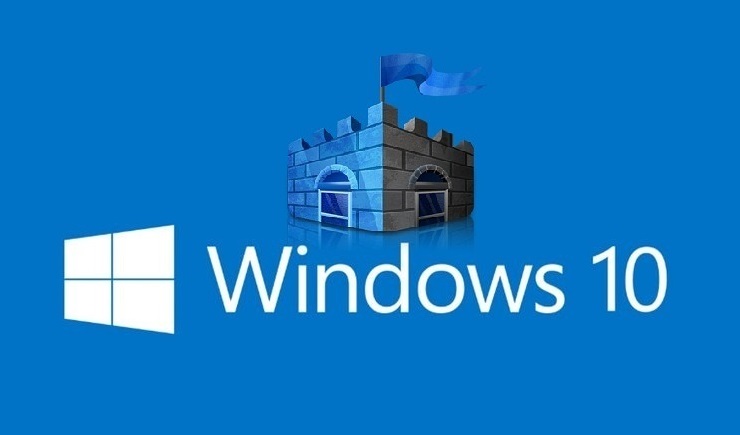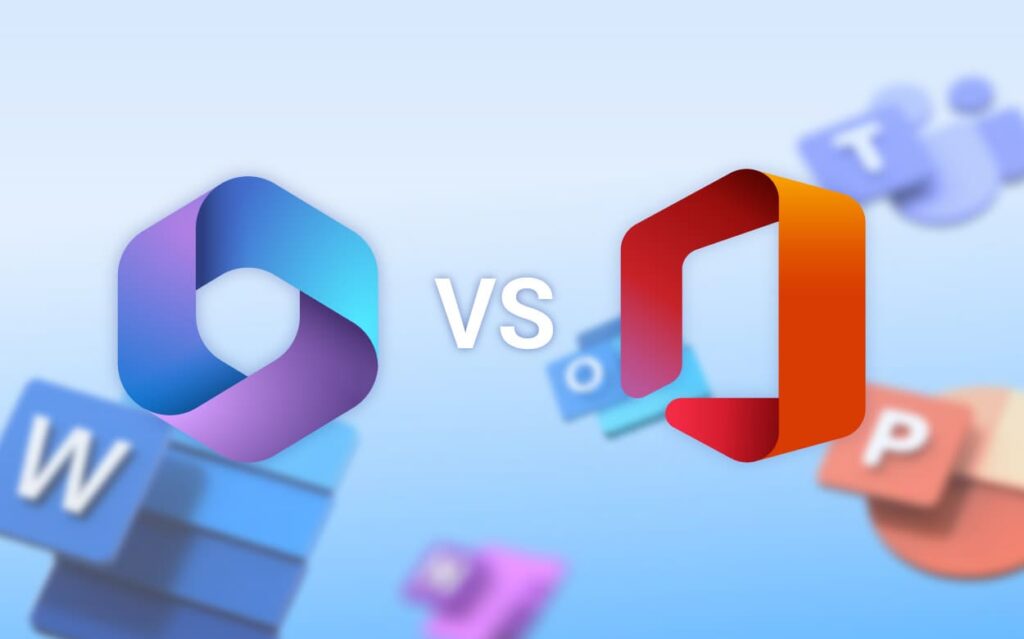With each release of its operating systems, Microsoft expands functionality and enhances the capabilities of its products, and Windows Server 2025 is no exception. This release is aimed at modern infrastructures and business needs, providing integration with cloud services, enhanced security, and ease of managing enterprise environments. In this article, we will explore the key innovations of Windows Server 2025 in detail.
You can download official Windows Server 2025 installers in our catalog.
You can also purchase original product keys with instant delivery to your email in our store:
Windows Server 2025 Standard – 29.80 €
Windows Server 2025 Datacenter – 29.40 €
One of the primary focuses of Windows Server 2025 development is deep integration with cloud solutions such as Azure and other Microsoft services. Modern enterprises are increasingly adopting hybrid cloud solutions, combining on-premises resources with cloud platforms to enhance flexibility and scalability.
Key changes:
Azure Arc compatibility: It’s now easier to manage servers both on-premises and in the cloud using Azure Arc. This extension allows you to manage infrastructure deployed across different platforms as if it were a single resource.
Cloud backups and recovery: Managing backups has been simplified through integration with Azure Backup cloud services, offering greater flexibility for companies that prefer storing critical data in the cloud.
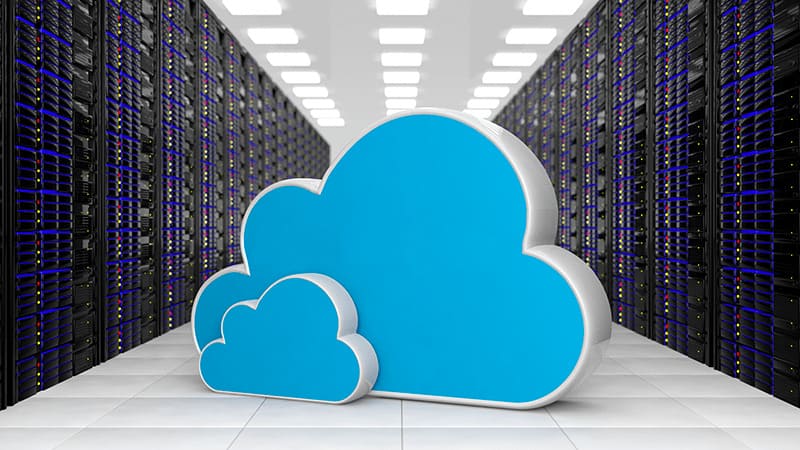
One of the main challenges for modern operating systems is protecting data and infrastructure from the ever-growing threats in cyberspace. Windows Server 2025 emphasizes enhanced security tools and monitoring capabilities.
Key security updates:
Enhanced Zero Trust Security features: Windows Server 2025 advances the “zero trust” concept, strengthening access control and multi-factor authentication for every transaction in the system. This makes it significantly harder for attackers to gain unauthorized access.
Virtual Machine (VM) protection: Virtual machine security has been improved with new encryption mechanisms and isolated virtual environments, making VMs safer even if the host system is compromised.
Antivirus protection and built-in threat detection: The system is now integrated with Microsoft Defender for Endpoint, offering deeper protection and real-time threat monitoring.
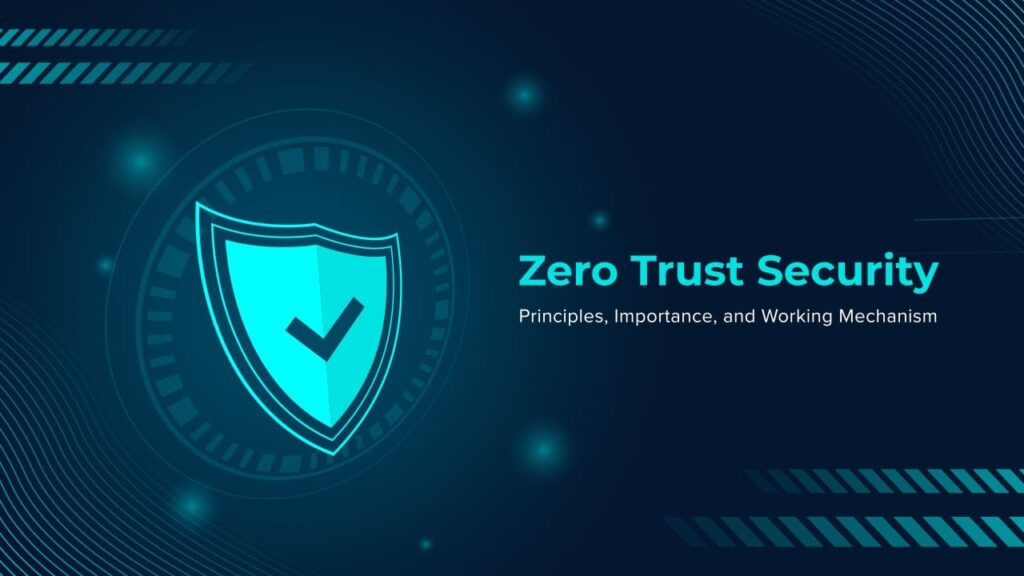
Containerization is becoming increasingly popular among organizations as it enables faster application deployment with minimal infrastructure dependency. Windows Server 2025 introduces significant enhancements in container support and orchestration.
Key innovations:
Kubernetes support: Kubernetes has become the de facto standard for container orchestration, and Windows Server 2025 continues its integration with Kubernetes, providing improved tools for managing containers and clusters.
Support for Windows and Linux containers: It’s now easier to run hybrid container environments with applications operating on different platforms. Windows Server 2025 makes Windows containers more performant and stable.
Enhanced container networking: Networking and support for various topologies in containers have been significantly improved, enabling faster and more efficient creation of virtual networks for complex applications.
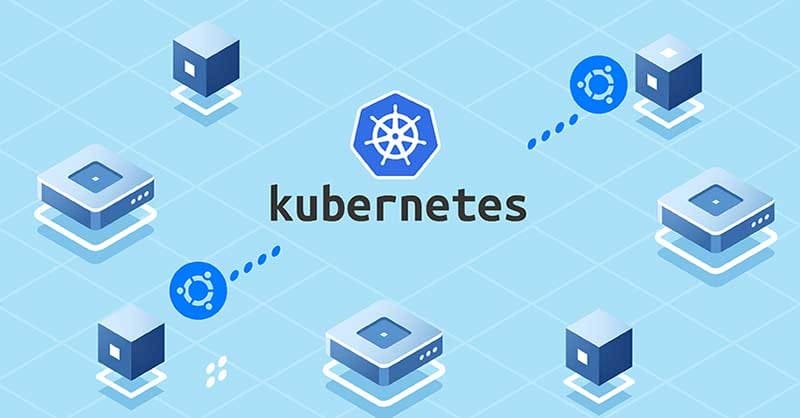
Managing server infrastructure is made simpler with new automation tools and configuration management capabilities. Windows Server 2025 continues to advance automation approaches, which is especially critical for large enterprises.
Key changes:
Windows Admin Center 2.0: The next generation of Windows Admin Center features an updated interface and enhanced capabilities for remote server and network management. This web-based interface allows administrators to manage not only on-premises servers but also cloud resources, providing full control from a single pane.
PowerShell 8.0: The new version of PowerShell brings expanded capabilities for scripting and automating server management processes. Improved commands for hybrid infrastructure management, along with support for new syntax and libraries, have been introduced.
Support for automated policies and configurations: Windows Server 2025 offers enhanced features for applying automated configuration policies, helping maintain security and performance standards.
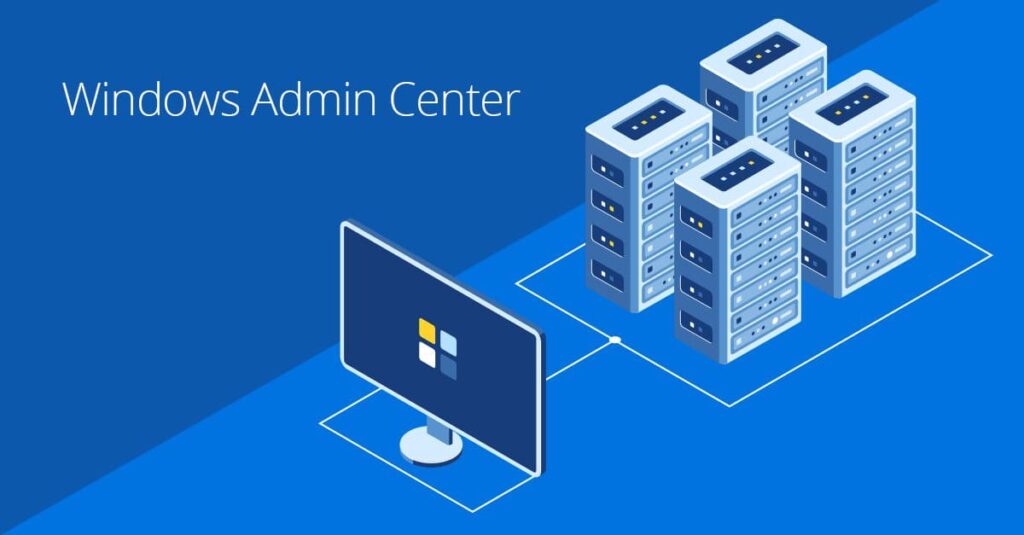
With increasing demands on server capacity, Windows Server 2025 delivers performance and scalability improvements, allowing organizations to utilize existing resources more efficiently.
Key innovations:
Optimization for multi-core processors: The system is optimized for modern multi-core processors, enabling the processing of large data volumes and improving performance in virtualized environments.
Memory management system: New memory management algorithms have been introduced, enhancing server stability when handling large data volumes and virtual machines.
Reduced downtime: The update and patch installation system has been improved to minimize server interruptions. Windows Server 2025 leverages Hotpatching technology, allowing server updates without requiring a reboot.
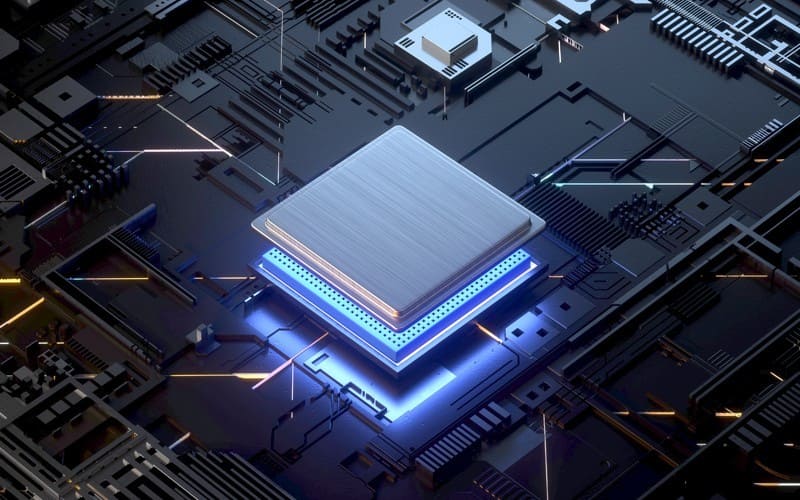
Hyper-V remains a core virtualization tool in Windows Server, and the new server OS version includes updates for this component as well.
Key changes:
Improved virtualization performance: Processes for creating and managing virtual machines have been optimized, ensuring more efficient resource allocation between VMs and hosts.
Support for new virtual disk formats: Windows Server 2025 supports new virtual disk format standards, enhancing compatibility with various cloud and on-premises platforms.
Faster virtual machine migration: The virtual machine migration process (Live Migration) has been accelerated, reducing downtime when transferring resources between servers.
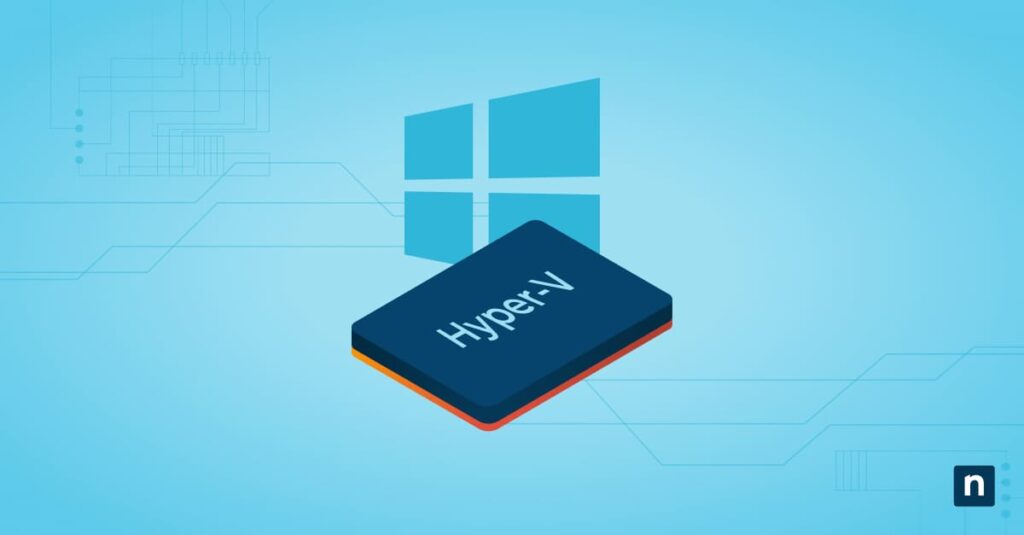
Data storage systems and disk array operations have also been enhanced in Windows Server 2025. This is particularly important for enterprises dealing with large data volumes.
Key innovations:
NVMe support in RAID: Improved support for NVMe drives allows their use in RAID arrays to boost data read and write speeds.
Storage Spaces Direct (S2D): This technology has been enhanced, enabling the creation of more efficient, high-performance fault-tolerant storage systems.
Support for new file systems: New file system support has been introduced, and compatibility with existing solutions like ReFS (Resilient File System) has been improved.

